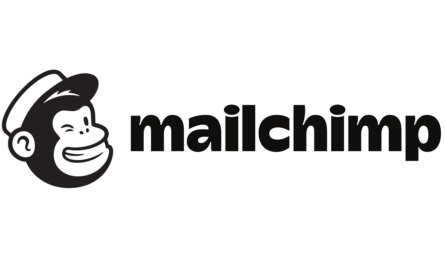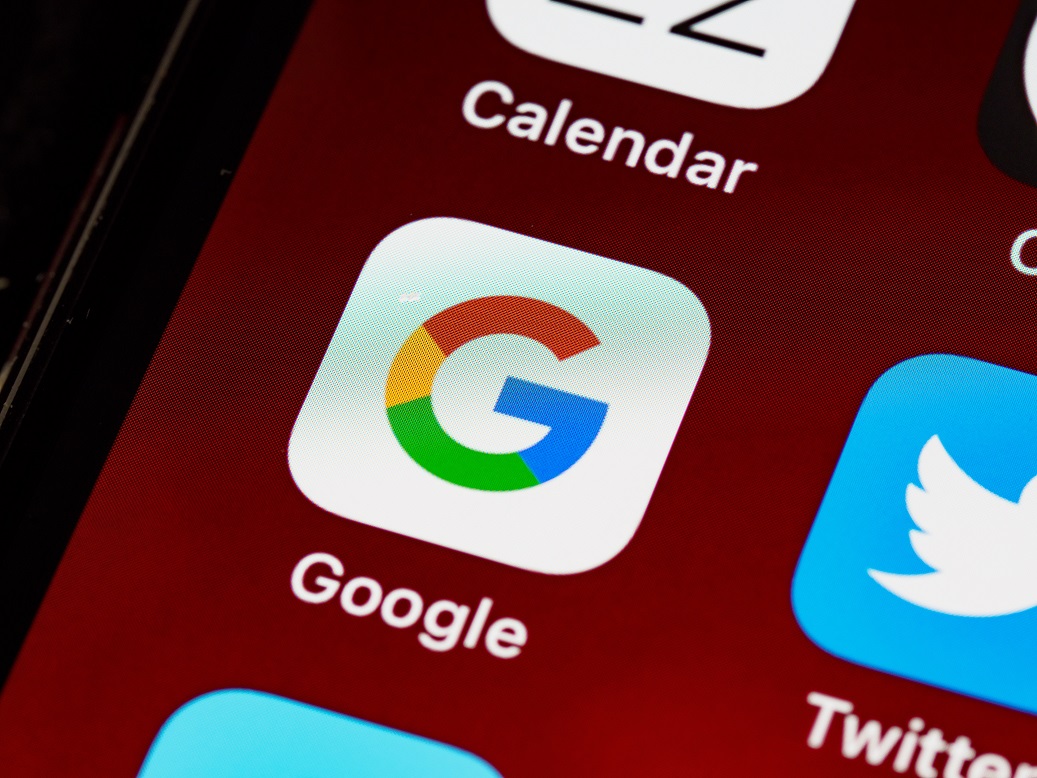Welcome to the world of digital advertising! With numerous platforms out there, it can be a daunting task for businesses and marketers to find the right advertising channel that suits their needs. Three giants in this space are Facebook Ads, Twitter Ads, and Google Ads; however, with their unique features and pros and cons, choosing one can be tricky. Fear not as we have got you covered with this comparative analysis of these three ad platforms! In this blog post, we will delve into each platform’s strengths and limitations so that you can make an informed decision on which platform is best suited for your business needs. So buckle up as we demystify digital advertising together!

Introduction to Digital Advertising
Digital advertising is a type of marketing that uses digital technologies to reach and engage customers. The main objective of digital advertising is to promote products or services through the use of various digital channels, such as search engines, social media, email, and websites.
Digital advertising platforms like Facebook, Twitter, and Google Ads offer businesses an effective way to reach their target audiences with relevant ads. Each platform has its own strengths and weaknesses, so it’s important to consider your objectives and budget when choosing a platform for your business.
Here’s a comparative analysis of Facebook, Twitter, and Google Ads to help you choose the right platform for your business:
Facebook Ads:
Pros:
- -Allows you to target specific demographics, interests, and behaviors
- -Offers a variety of ad formats (e.g., video, image, carousel)
- – Provides detailed insights on ad performance
- – sleek and user-friendly interface makes it easy to create and manage ads
Cons:
- -Ads can be expensive if you’re targeting a large audience or using multiple ad formats
- -The news feed algorithm often favors personal posts over commercial content, which can limit the reach of your ads
Twitter Ads:
Pros:
- -Affordable cost per click (CPC) rates compared to other platforms
- -You can target users based on keywords in their tweets or interests
- – allows you to run ads in real time based on current events or trends
- -The platform is highly mobile friendly
Cons:
- -Limited targeting options compared to Facebook
- -Ads are only served within the Twitter platform, which limits reach
Google Ads:
Pros:
- -Highly targeted ads, with the ability to target users based on keywords they search or websites they visit
- -Ads are served across multiple platforms (desktop, tablet, and mobile)
- -Detailed analytics into ad performance allows you to refine your campaigns as needed
Cons:
- -CPC rates can be expensive for certain markets and industries
- -Campaign set up can be complex due to the number of options available
Overview of Facebook Ads
Facebook Ads are a great way to promote your business on the world’s largest social network. With over two billion active users, Facebook offers a massive potential audience for your product or service. And, thanks to the platform’s detailed targeting options, you can be sure that your ads are being seen by the people most likely to be interested in what you have to offer.
When it comes to creating your ad campaign on Facebook, you’ll first need to choose what objectives you want to achieve. For example, do you want to increase brand awareness, drive traffic to your website, or get people to buy your product? Once you know your objectives, you can start creating your ad.
When creating your ad, you’ll need to come up with a catchy headline and some compelling copy to go along with it. You’ll also need to select an image or video that will help grab attention and deliver your message. Once your ad is created, you can use Facebook’s detailed targeting options to make sure it’s being seen by the right people.
With over two billion active users, Facebook offers businesses a huge potential audience for their products and services. Thanks to the platform’s detailed targeting options, businesses can ensure that their ads are seen by the people most likely to be interested in what they have to offer.
Overview of Twitter Ads
Twitter Ads are a form of digital advertising that allows businesses to promote their products or services through the Twitter platform. Unlike other social media platforms, Twitter Ads are not based on a bidding system; instead, businesses set a budget for their ad campaign and pay Twitter only when someone engages with their ad. Twitter offers two types of advertising: Promoted Tweets and Promoted Accounts.
Promoted Tweets are regular tweets that businesses pay to have featured prominently in users’ timelines. These tweets can be targeted to specific audiences, and businesses can track how often they are being seen and how often users are engaging with them.
Promoted Accounts are ads that feature a business’s Twitter account, and they appear in the “Who to Follow” section of user timelines. These ads can also be targeted to specific audiences, and businesses can track the number of new followers they gained as a result of the ad campaign.
Overview of Google Ads
When it comes to digital advertising, there are three big players: Facebook, Twitter, and Google. All three platforms offer unique advantages and disadvantages for businesses looking to advertise online.
Google Ads is the largest and most popular paid search platform in the world. Advertisers can create text, image, or video ads that show up when people search for specific terms on Google.com or any of Google’s partner sites. Google Ads allows businesses to target customers based on their location, language, interests, and other factors.
While Google Ads can be an effective way to reach potential customers, it also has some drawbacks. One major downside is that competition on the platform can be fierce, which drives up costs for advertisers. Another issue is that ads may not always be relevant to what users are actually searching for, which can lead to frustration and a poor user experience.
Strategies for Optimizing Your Campaigns on Each Platform
Digital advertising can be a complex and ever-changing landscape. With new platforms, technologies, and algorithms constantly emerging, it can be difficult to keep up. And, with so many options available, it can be tough to know which platform is right for your business.
That’s why we’ve put together this comparative analysis of Facebook, Twitter, and Google Ads. We’ll break down the key features of each platform and offer some strategies for optimizing your campaigns on each one.
Facebook Ads:
Facebook Ads is the largest social network with over 2 billion monthly active users. It offers a variety of ad types that can be targeted to specific audiences. For example, you can target users based on their interests, demographics, or location. You can also create custom audiences using your own customer data.
When creating a Facebook Ad campaign, there are a few key things to keep in mind:
– Make sure your ad copy is clear and concise
– Use high-quality images or videos that grab attention
– Use relevant keywords to target your audience
– Test different ad formats to see what works best for your business
Twitter Ads:
Twitter Ads is a powerful platform with over 321 million monthly active users. It offers real-time targeting and allows you to reach your audience with laser precision. You can target people based on their interests, keywords, or even who they follow. Twitter also offers Promoted Tweets, which allows you to amplify your message to targeted users.
In order to maximize your Twitter Ads campaigns, try these strategies:
– Create engaging ad copy that’s concise and direct
– Use relevant keywords that directly relate to your message
– Test different targeting methods to reach the right audience
– Utilize Promoted Tweets to amplify your message to a broader audience
Google Ads:
Google Ads is a powerful advertising platform that reaches over 4 billion people around the world. It offers an array of targeting options such as keyword match types, demographic targeting, and more. Google Ads also allows you to track performance in real time so you can optimize your campaigns while they’re running.
When setting up and optimizing Google Ads campaigns, there are a few key factors to keep in mind:
– Use strong keywords that are specific to your business
– Craft ad copy that speaks directly to potential customers
– Create high quality ads that stand out from the competition
– Take advantage of remarketing options for increased conversions
Additional Tips for Maximizing ROI
Digital advertising can be a complex and expensive undertaking. As such, it is important to consider all aspects of your campaign in order to maximize your return on investment (ROI). Here are some additional tips for doing just that:
-Be sure to track your results so that you can identify which ad campaigns are working and which ones aren’t. This will allow you to make necessary adjustments in order to improve your ROI.
-Don’t be afraid to experiment with different ad types and strategies. What works for one business may not work for another, so it’s important to find what works best for you.
– Consider using multiple platforms to reach your target audience. While one platform may work better for some businesses, using multiple platforms will give you a more well-rounded reach.
Conclusion
Digital advertising is an ever-evolving field with new technological advances and opportunities for marketers to reach their target audiences in a more cost efficient way. In this article, we have explored the fundamentals of digital advertising through the lens of three major online ad platforms: Facebook, Twitter, and Google Ads. We’ve covered key features like targeting options, ad types and formats available on each platform, as well as pricing models used by each network. By understanding these differences between platforms can help you decide which one best fits your marketing goals and budget constraints.



